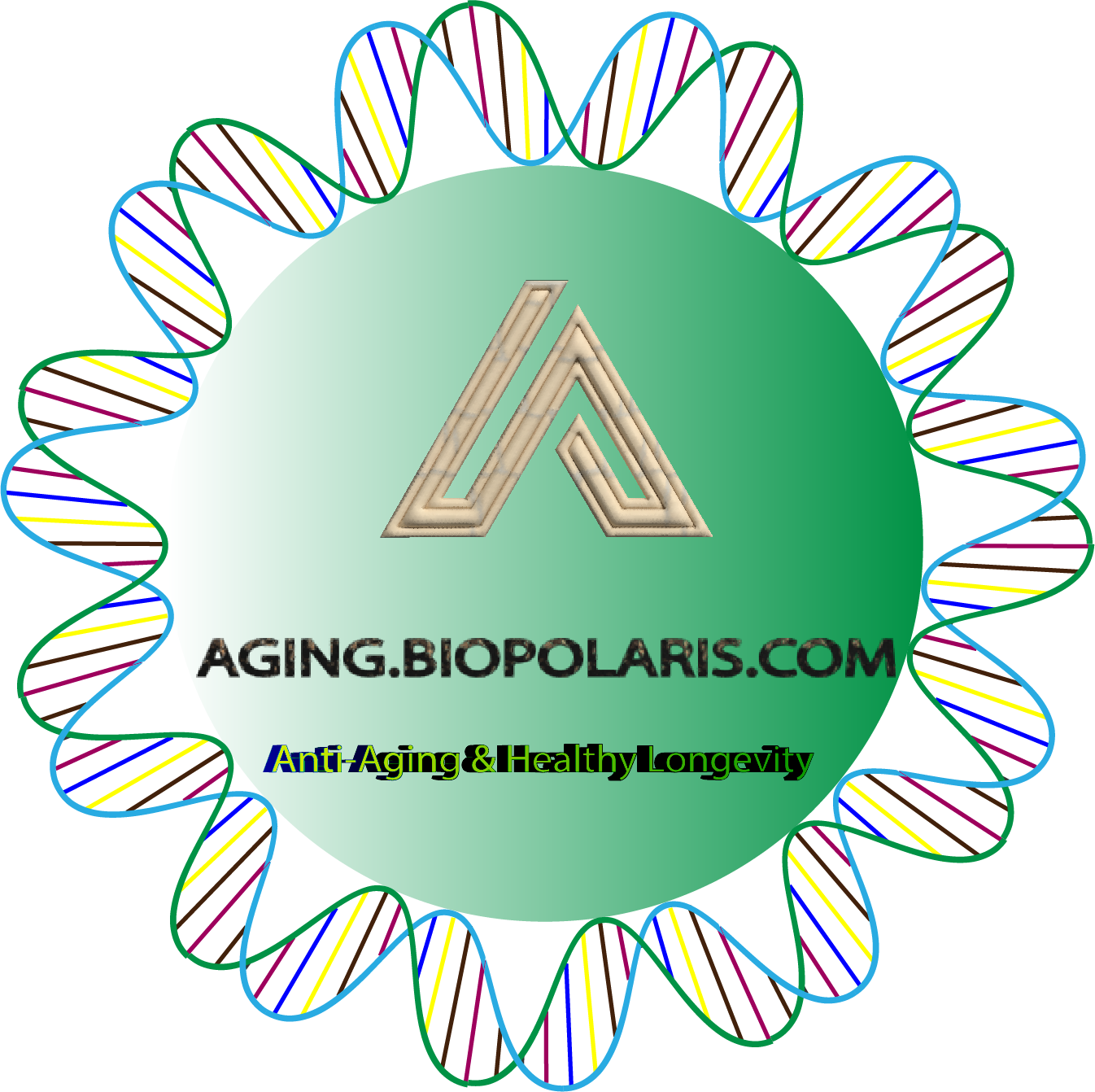Aggregator
My new home: study protocol for a prospective cohort study on the long-term personality development and short-term processes during transitions into nursing homes
BACKGROUND: Personality is a crucial predictor of many life outcomes, including successful ageing. The proportion of nursing home residents is increasing annually among older populations. Relocations to nursing homes affect multiple aspects of older people's lives, including their living environment, social interactions, and daily arrangements, which may indirectly affect their personality development. However, there is currently a lack of comprehensive assessments of how transitioning into a...
Predictive efficacy of waist-related indices for sarcopenic obesity incidence in Chinese older adults: a nationwide cohort study
This study aimed to evaluate the predictive capacity of the Body Roundness Index (BRI), Abdominal Body Shape Index (ABSI), Waist-to-Weight Index (WWI), and Waist-to-Height Ratio (WHtR) for sarcopenic obesity (SO) incidence among older adults in China using data from the Chinese Longitudinal Healthy Longevity Survey (CLHLS). The cohort included 3,919 participants aged 65 and older, with a mean follow-up of 2.79 years. Sarcopenic obesity was defined by low muscle mass and high body fat....
Six-year transition patterns of activities of daily living in octogenarians: Tokyo oldest old in total health study
CONCLUSIONS: The results contribute to the understanding of aging-related functional trajectories and offer actionable insights for healthcare planning and intervention development.
Pathological aging is alleviated by neutralization of the autophagy-repressive tissue hormone DBI/ACBP
DBI/ACBP (diazepam binding inhibitor, acyl CoA-binding protein) is a macroautophagy/autophagy-inhibitory tissue hormone produced by multiple cell types. The plasma levels of DBI/ACBP rise with age and disease. In centenarians living in nursing homes, DBI/ACBP concentrations are approximately threefold higher than in younger adults (30-48 years old), but these levels increase further in centenarians hospitalized due to disease exacerbation. Elevated DBI/ACBP correlates with unfavorable clinical...
Sex differences in the association of cardiometabolic risk scores and blood pressure measurements with white matter hyperintensities in diverse older adults-HABS-HD
INTRODUCTION: We aimed to determine whether cardiometabolic risk factors and blood-pressure (BP) metrics were differentially associated with white matter hyperintensities volume (WMHV) in males versus females in the Health and Aging Brain Study-Health Disparities.
Possible and Probable Dementia and Depressive/Anxiety Symptoms in U.S. Older Adults: One-Year Follow-Up
Using data from the 2022 and 2023 U.S. National Aging and Health Trends Studies (N = 4,942 sample persons interviewed in both years), we examined cross-sectional and one-year lagged bidirectional relationships between the severity of cognitive impairment and depressive/anxiety symptoms. We fitted multinomial logistic and linear regression models for cross-sectional associations and a path model for one-year cross-lagged associations. Depressive/anxiety symptoms were cross-sectionally associated...
